- | 9:00 am
What is product design today? 100 great designers weigh in
In ‘Designed For Life’ designers describe their creative process and what makes a great product.
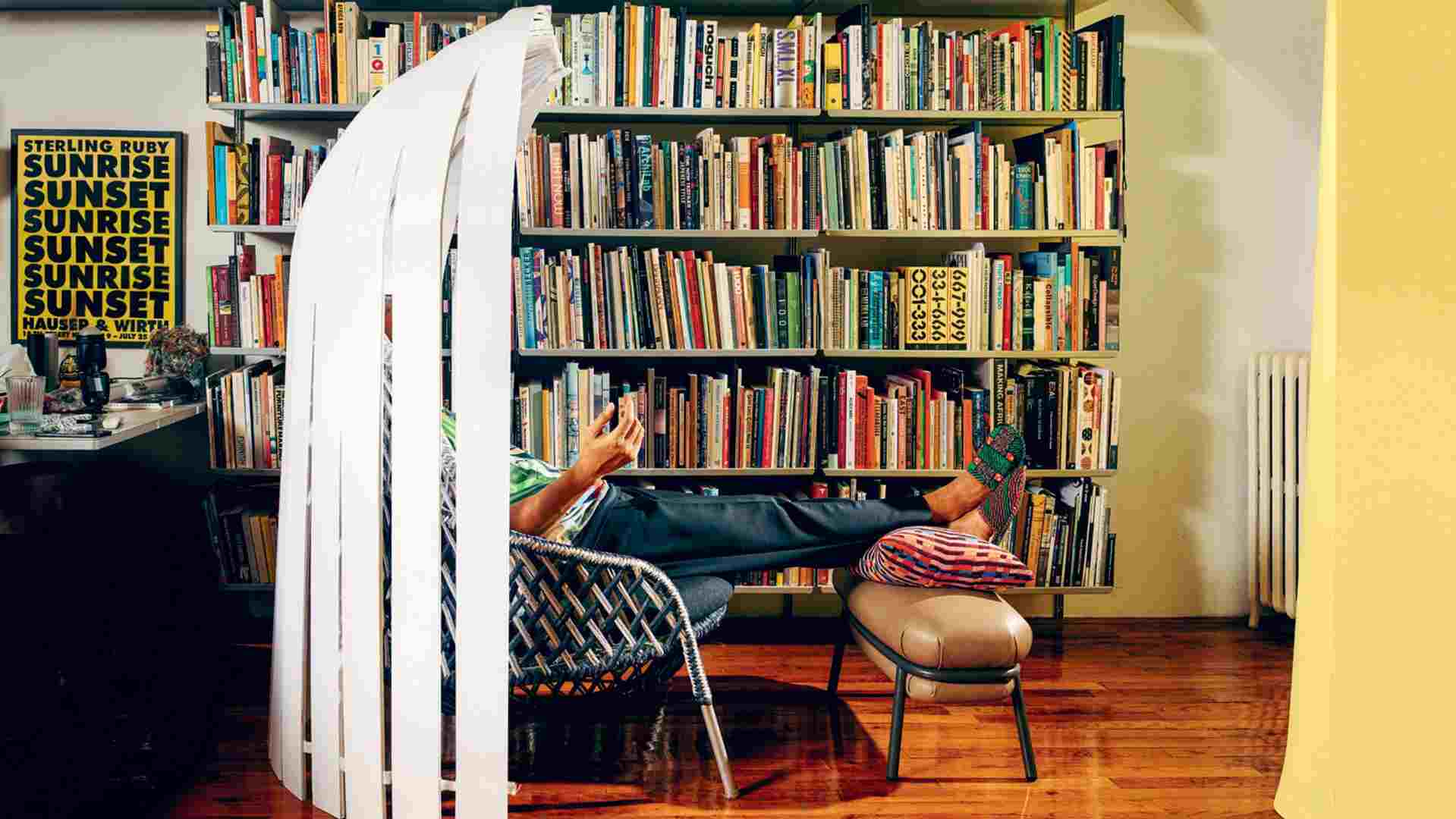
A light fixture made of seaweed. A dreamy, psychedelic laundry machine. A hairy bench fashioned out of agave leaves. All of these objects appear in the new book Designed for Life: The World’s Best Product Designers, published by Phaidon Press. The book is a global survey of 100 of the most innovative product designers making waves in the creative world today—and it reveals plenty of insights into what design means in 2024 and beyond.
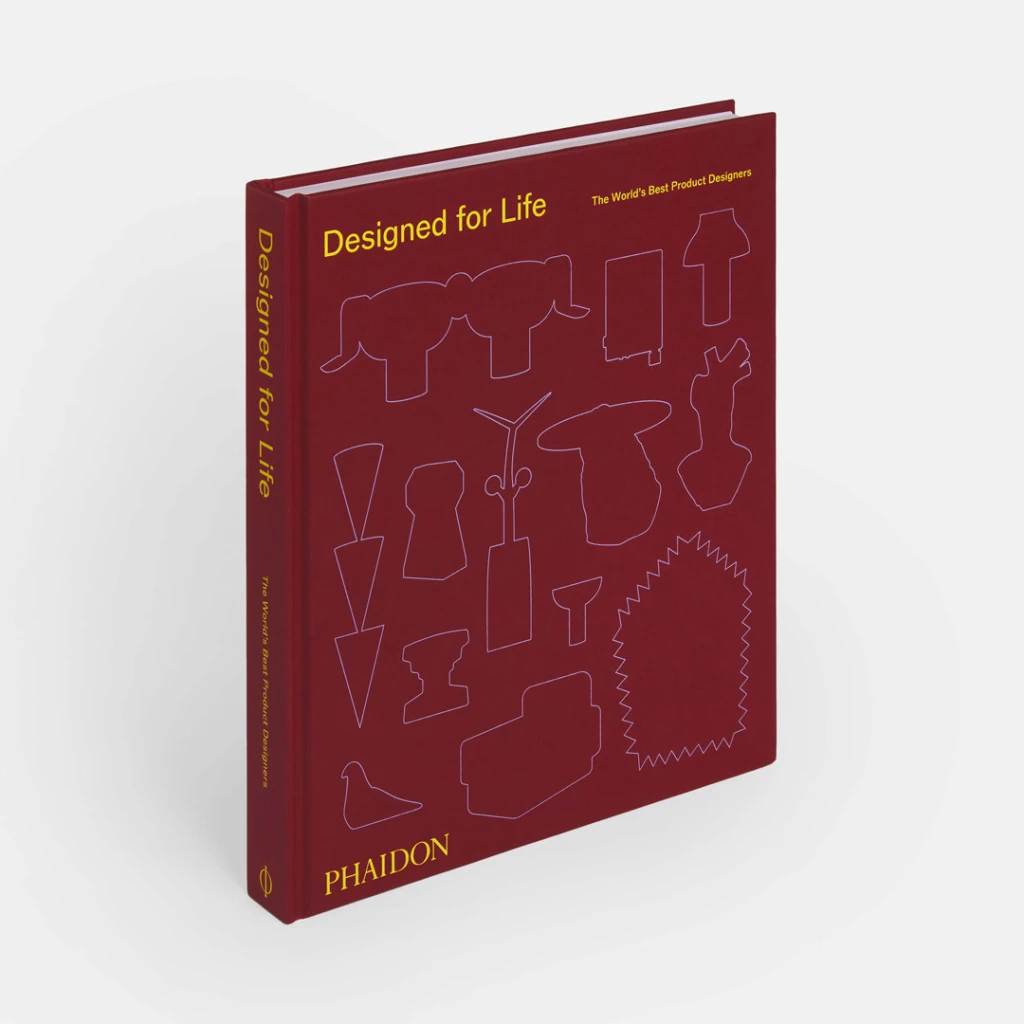
According to Kelsey Keith, brand creative director at Herman Miller and the editor of Designed for Life, the project began with collecting nominations from leaders in the field. Curators at the Design Museum in London, executives at the furniture company Vitsœ, experts in the tech sector, and others submitted suggestions for voices to include in the book. Then Keith’s team worked to narrow the full list down to just 100 names. The final product, Keith says, is meant to “present a pretty diverse group in terms of geographies, in terms of medium, in terms of how they work.”
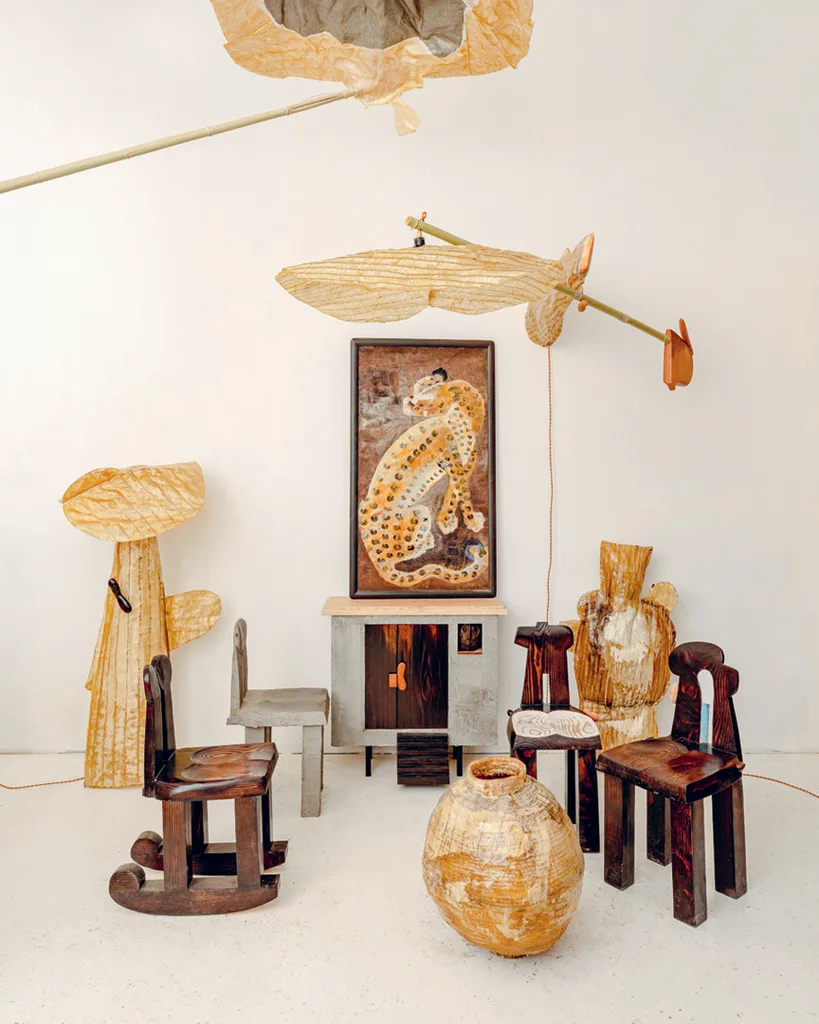
Designed for Life is organized alphabetically, with each section focusing on a specific designer. While there are some more established players like Jasper Morrison and India Mahdavi in the mix, most are up-and-coming creatives who are already doing outstanding work, including multidisciplinary artist Minjae Kim and bespoke material designer Shahar Livne.
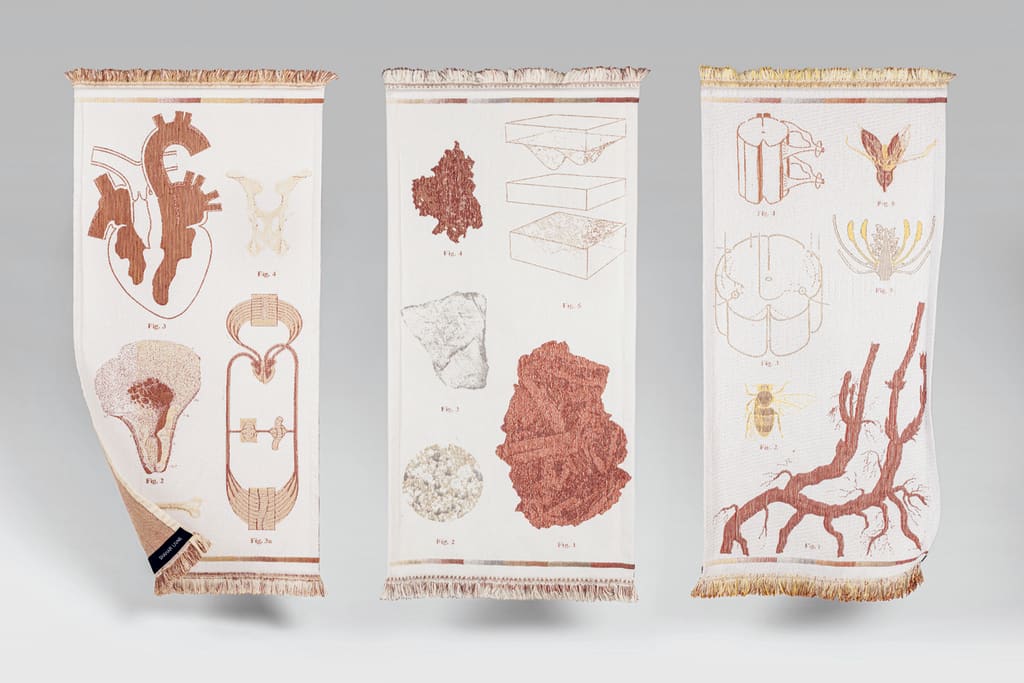
“There are a lot of discoveries here,” Keith says. “Some of these younger designers have shown in Milan, for example, so maybe someone who’s been to Milan has seen them, but there were absolutely people that were new to me. I think that’s a really fun aspect of it.”
The book employs a broad definition of “product design.” Everything from a recyclable Nike iSPA sneaker to an avant-garde piece of furniture or an immersive art exhibition is fair game. For Keith, that blend of creative fields reflects the reality of the design world today.
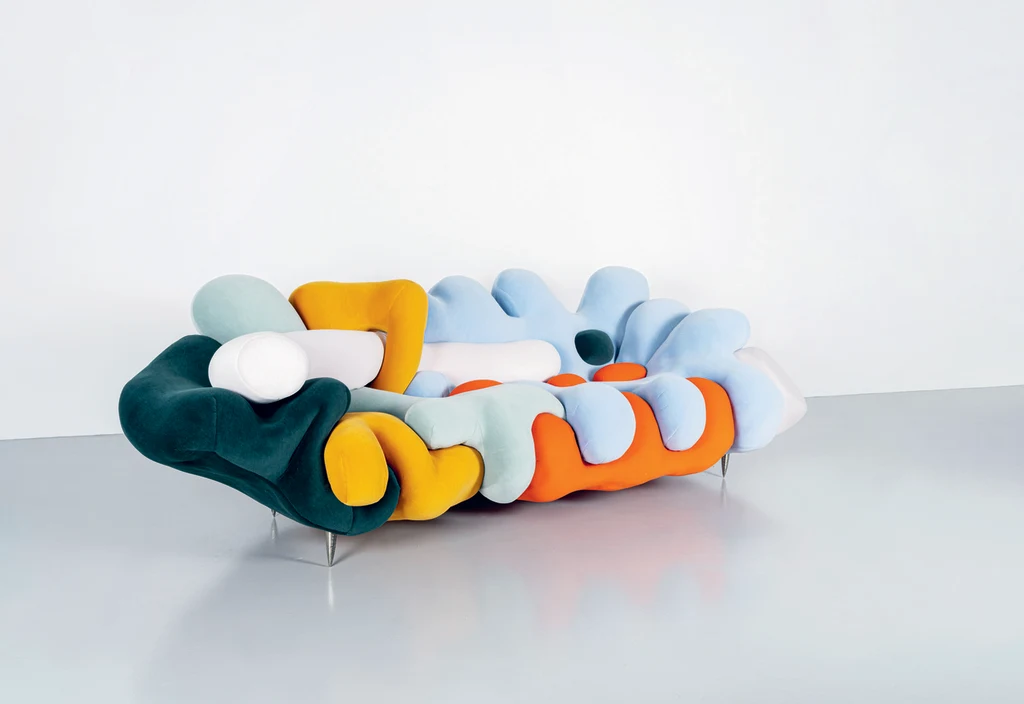
“It’s maybe less about how actual product design is changing and more a question of how many options there are in terms of making a career in design,” Keith says. “You don’t have to be relegated to one. You wouldn’t just need to be a gallery designer, and that’s it; you could do gallery work; you could produce your own offshoot line of something you just want to see in the world; you could work with a big manufacturer to do something that’s globally distributed. You could do anything.”
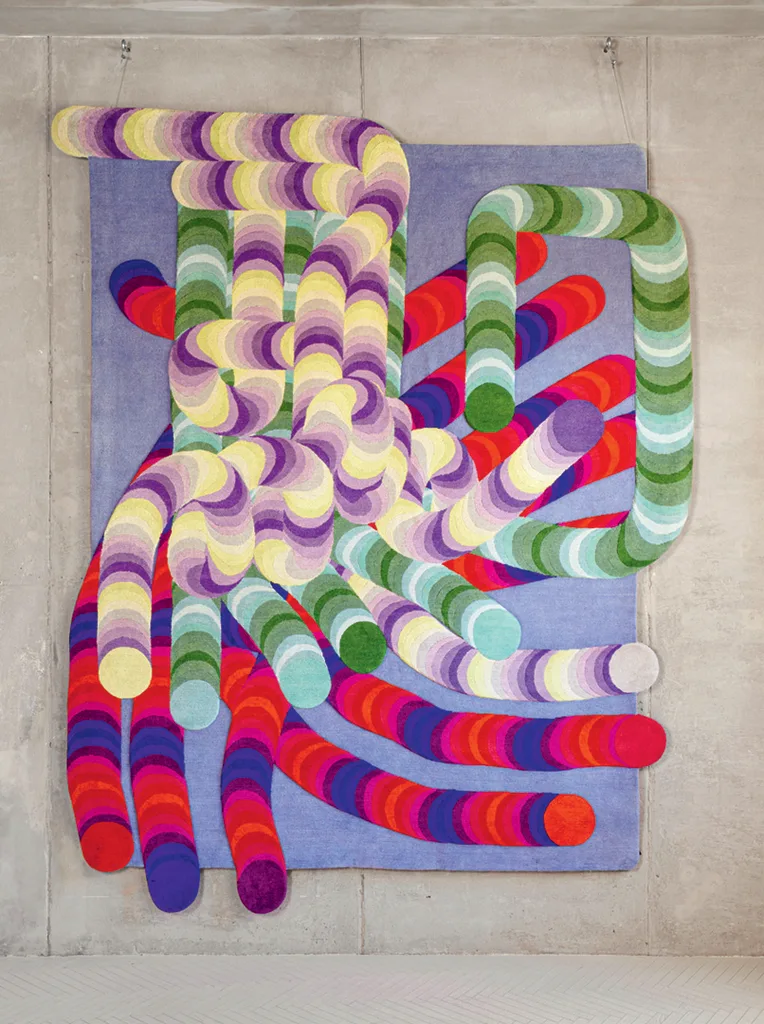
While each creative in Designed for Life brings their own unique perspective to the table, Keith found several recurring threads woven through the interviews. For instance, young designers are exploring new materials at a rapid pace.
“You’ve got blood, you’ve got seaweed, Kevlar, volcanic rock, recycled polyurethane mixed with pigmented resin—it’s amazing,” Keith says.
Alongside trying out-of-the-box materials, designers are also becoming increasingly interested in sustainability. One example is Dutch artist Christien Meindertsma, who worked with the architecture firm Dzek to make a tile out of linseed oil called Flaxwood.
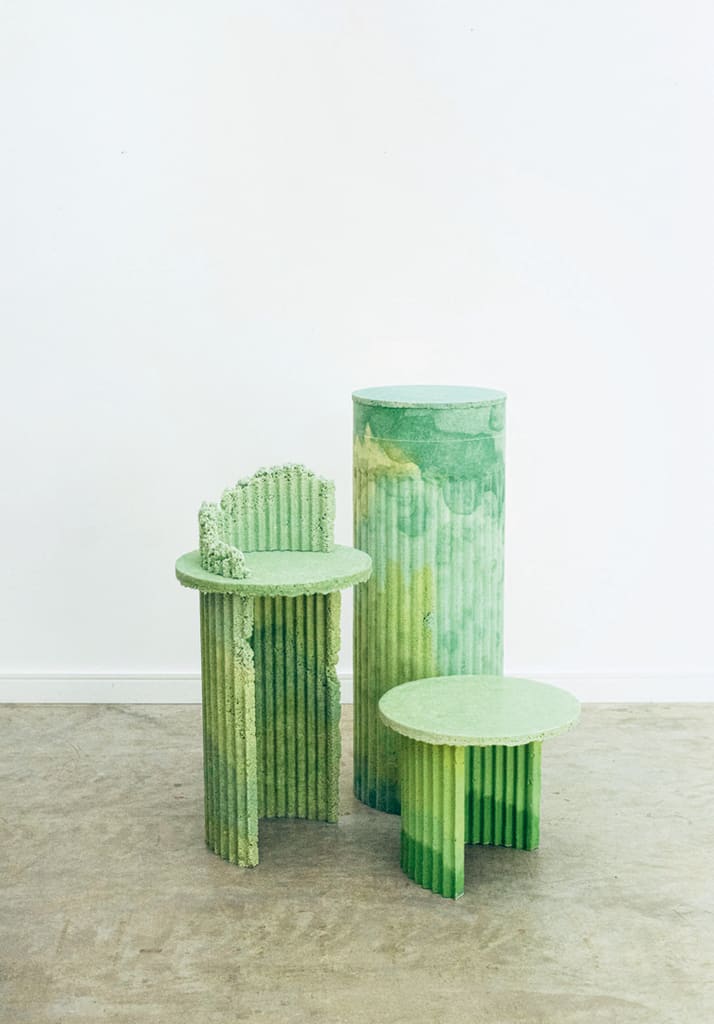
There’s also Hydro, an aluminum and renewable energy company based in Norway that uses its 100% postconsumer recycled aluminum to form different design objects. And then there’s London-based material designer Charlotte Kidger, who creates column-shaped sculptures out of recycled polyurethane and pigmented resin. These artists are helping to push the boundaries of what design can be, imagining a world where functionality, beauty, and sustainability collide.
“This fascinating book illustrates the new materials, processes, and technologies being utilized; the radically different styles being created; and the growing importance of sustainability, diversity, and inclusivity in design,” Designed for Life’s description reads. “These designers believe design can build a better world and a better life.”





































